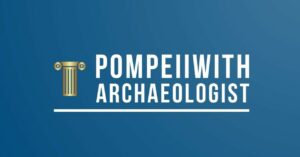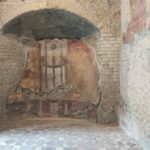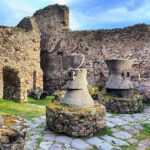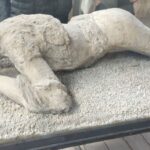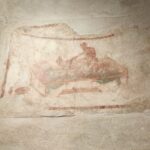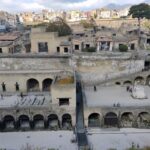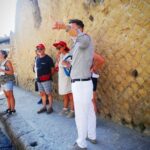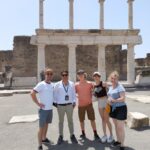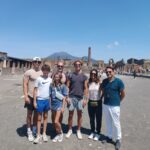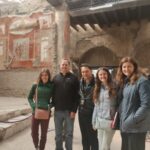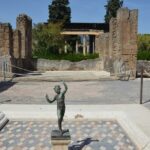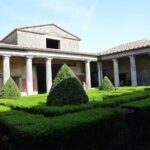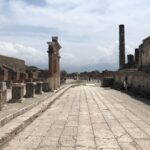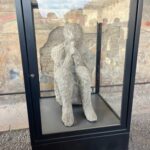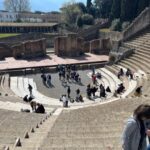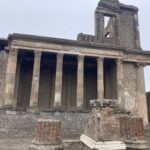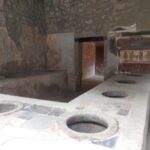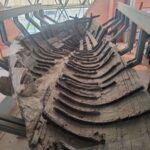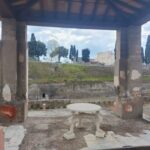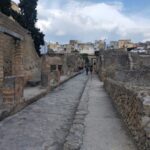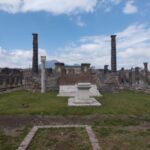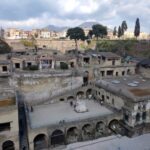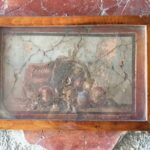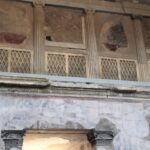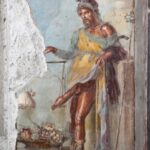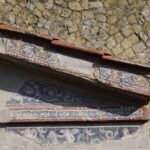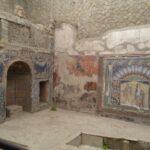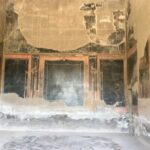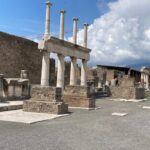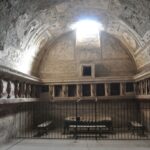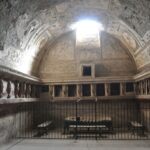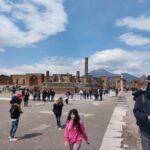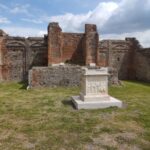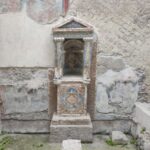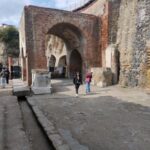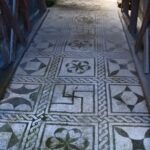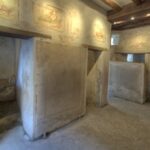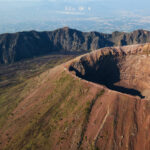herculaneum and Mount Vesuvius
Full day tour. The tour includes Private trasportation by a van driven by a professional driver
As an archaeologist I consider the excavations of Herculaneum a unique, exceptional site. They are the most preserved Roman remains ever. You will visit a Roman city crystallized by a violent eruption of Vesuvius that occurred in the year AD. An exciting experience that will indelibly enrich your travel experience.
Herculaneum was an ancient Roman town located in the shadow of Mount Vesuvius, near present-day Naples in Italy. The history of Herculaneum is closely intertwined with the catastrophic eruption of Mount Vesuvius in 79 AD. Here’s an overview of its history:
Foundation and Early History: Herculaneum was founded by Greek colonists around the 7th century BC as a small coastal settlement known as Heraklion. Over time, it grew into a prosperous town, benefiting from its strategic location along trade routes and its fertile agricultural land.
Roman Period: In the 4st century BC, Herculaneum came under Roman control during the expansion of the Roman Republic. Under Roman rule, the town flourished as a resort destination for wealthy Romans, who built luxurious villas along the coast. Herculaneum became known for its opulent architecture, beautiful frescoes, and vibrant social life.
Mount Vesuvius Eruption: On August 24, 79 AD, Mount Vesuvius erupted catastrophically, burying Herculaneum and several other nearby towns, including Pompeii, under a thick layer of volcanic ash and debris. The eruption preserved the town remarkably well, providing invaluable insights into daily life in ancient Rome.
Rediscovery and Excavation: Like Pompeii, Herculaneum remained buried and largely forgotten for centuries after the eruption. Its rediscovery began in the 1710, when a farmer, digging a well in his land to find water, instead found the marble floor of the Roman theater stage. Excavations have been ongoing since then, revealing a wealth of archaeological treasures, including well-preserved buildings, artifacts, and skeletal remains.
Archaeological Site: Today, Herculaneum is an important archaeological site and UNESCO World Heritage Site. Visitors can explore the remarkably preserved ruins of the ancient town, including its streets, houses, public buildings, and even organic remains such as wooden furniture and foodstuffs preserved by the volcanic ash.
Insights into Ancient Life: The excavations at Herculaneum have provided scholars with invaluable insights into various aspects of ancient Roman life, including architecture, urban planning, social structure, economy, and daily routines. The well-preserved state of the town has made it a crucial site for understanding the Roman world and its inhabitants.
Overall, the history of Herculaneum is a testament to the power of nature and the resilience of human civilization. The town’s tragic fate and subsequent excavation have enriched our understanding of ancient history and continue to captivate visitors from around the world.
– FIRST STEP: Pompeii walking tour of 2 hours.
– SECOND STEP: 1 hour for the lunch.
– THIRD STEP: VISIT TO THE MOUNT VESUVIUS — 1:45 HOURS
The visit to Mount Vesuvius will allow you to enjoy a beautiful view of the Gulf of Naples and to admire closely how a crater is made, a fascinating and mysterious place unmatched in the world as regards volcanoes.
*This tour can be customized
MEETING POINT + TOUR DURATION
Meeting Point Options: Rail or Bus Station, Cruise Ship Port, Airport, Hotel
Duration: 6 hours.
WHAT’S INCLUDED
- Guiding Services
- Private Transportation
- It is valid for up to 7 people.
ESTIMATED LOCAL CASH NEEDED
27 € in total:
– 16 € admission fee for Herculaneum;
– 11 € admission fee for the Mount Vesuvius
Prices are per person.
WHAT’S EXTRA
- Personal Expenses
- Souvenirs
- Food, Drinks, Snacks

